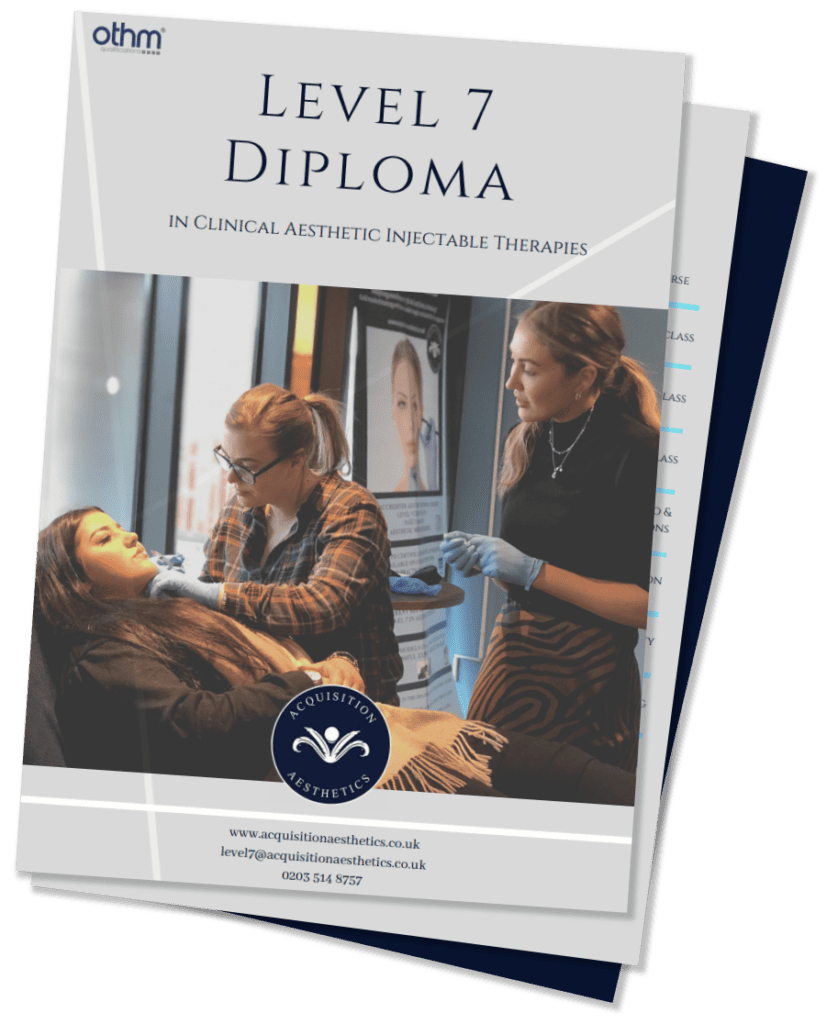Technology has become an integral part of the aesthetic industry, revolutionizing the way practitioners diagnose, plan, and deliver treatments. This post explores the significant role that technology plays in the present and future of the aesthetic industry. From 3D imaging and virtual reality to AI-powered skin analysis and personalized treatment plans, technological advancements are reshaping the industry and enhancing patient experiences. Furthermore, this post will provide insights into upcoming technologies that have the potential to further transform the aesthetic industry.
3D Imaging and Virtual Reality
The integration of 3D imaging and virtual reality technologies has opened up new possibilities for patient consultations, treatment planning, and outcome visualization. The technologies allow practitioners to create three-dimensional models of the patient’s face or body, enabling accurate simulations of various procedures. Patients can visualize the potential outcomes of treatments, leading to more informed decision-making.
Current applications and benefits:
a) Comprehensive assessments: 3D imaging facilitates detailed evaluations of facial or body features, enabling practitioners to create personalized treatment plans.
b) Realistic outcome visualization: Virtual reality platforms provide patients with a realistic preview of the expected results, helping manage expectations and improve patient satisfaction.
c) Enhanced patient communication: 3D models and virtual reality simulations facilitate better communication between practitioners and patients, ensuring a shared understanding of treatment goals.
AI-Powered Skin Analysis
Artificial intelligence (AI) is making significant strides in the field of aesthetic medicine. AI-powered skin analysis tools utilize machine learning algorithms to evaluate skin conditions, identify concerns, and recommend suitable treatments. These tools analyze images of the patient’s skin and provide detailed insights, assisting practitioners in creating personalized treatment plans.
Current applications and benefits:
a) Precise skin analysis: AI algorithms can identify and analyze various skin concerns such as wrinkles, pigmentation issues, and acne, helping practitioners develop targeted treatment strategies.
b) Treatment recommendations: AI-powered systems provide personalized recommendations for skincare products, non-surgical treatments, and aesthetic procedures based on the patient’s specific skin type and concerns.
c) Improved treatment outcomes: AI analysis contributes to more accurate treatment planning and better patient outcomes, as practitioners can tailor treatments to individual needs.
Predictions for the Future
The future of the aesthetic industry holds exciting possibilities with emerging technologies that have the potential to transform the field further.
Some anticipated advancements include:
a) Augmented reality (AR) for real-time treatment simulations: AR technologies can overlay virtual treatment simulations onto the patient’s real-time image, allowing them to visualize the potential outcomes before undergoing a procedure.
b) Nanotechnology for targeted delivery: Nanotechnology holds promise for precise drug delivery, enabling targeted treatments for specific skin concerns and enhancing treatment efficacy.
c) Bioprinting for tissue regeneration: Advancements in bioprinting may enable the creation of living tissues and organs, potentially revolutionizing reconstructive procedures and regenerative therapies in the aesthetic field.
Technology continues to shape the aesthetic industry, offering new tools and possibilities for practitioners and enhancing the patient experience. From 3D imaging and virtual reality to AI-powered skin analysis, technology has already transformed various aspects of aesthetic medicine.
Looking ahead, the industry can anticipate even more advancements, such as augmented reality, nanotechnology, and bioprinting, which have the potential to redefine aesthetic treatments and patient outcomes. By embracing these technologies responsibly and ensuring proper training and ethical guidelines, practitioners can harness the power of technology to deliver enhanced and personalized care in the ever-evolving aesthetic landscape.
In my clinic, Imaging Technology has been a hugely beneficial addition, in terms of improving our patient assessments, and from a ROI point of view. I have implemented the SkinCeuticals LED skin scope as part of my skin consultations as well as the VISIA digital skin analysis device for in-depth skin analysis sessions. These devices aid us in visually demonstrating to our patients any photodamage which may not be visible to the naked eye as well as quantified improvements following skin regimens and collagen induction therapies. It has certainly improved my patient journey as well as supported our approach of integrating skincare and skin treatments into all of our treatment plans.


